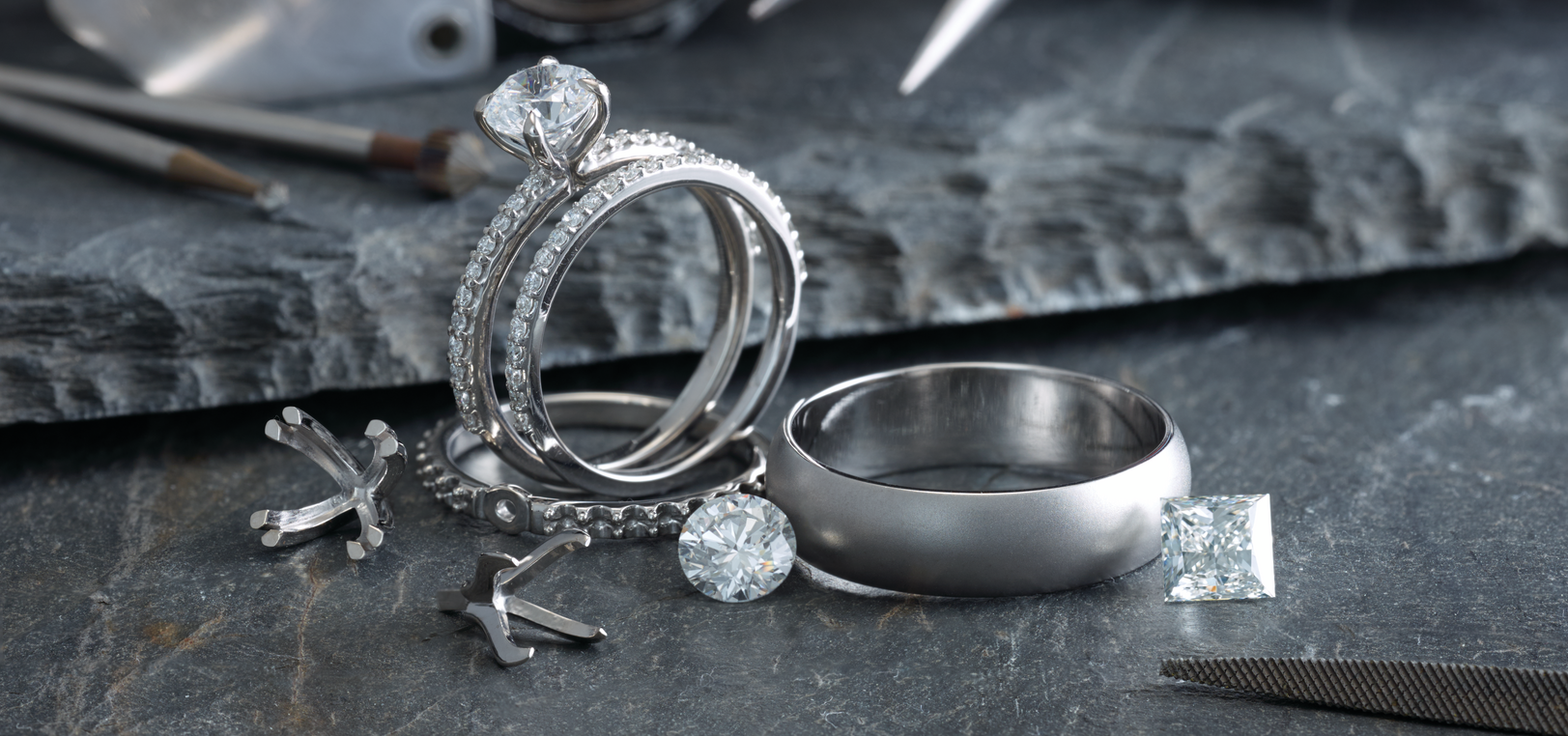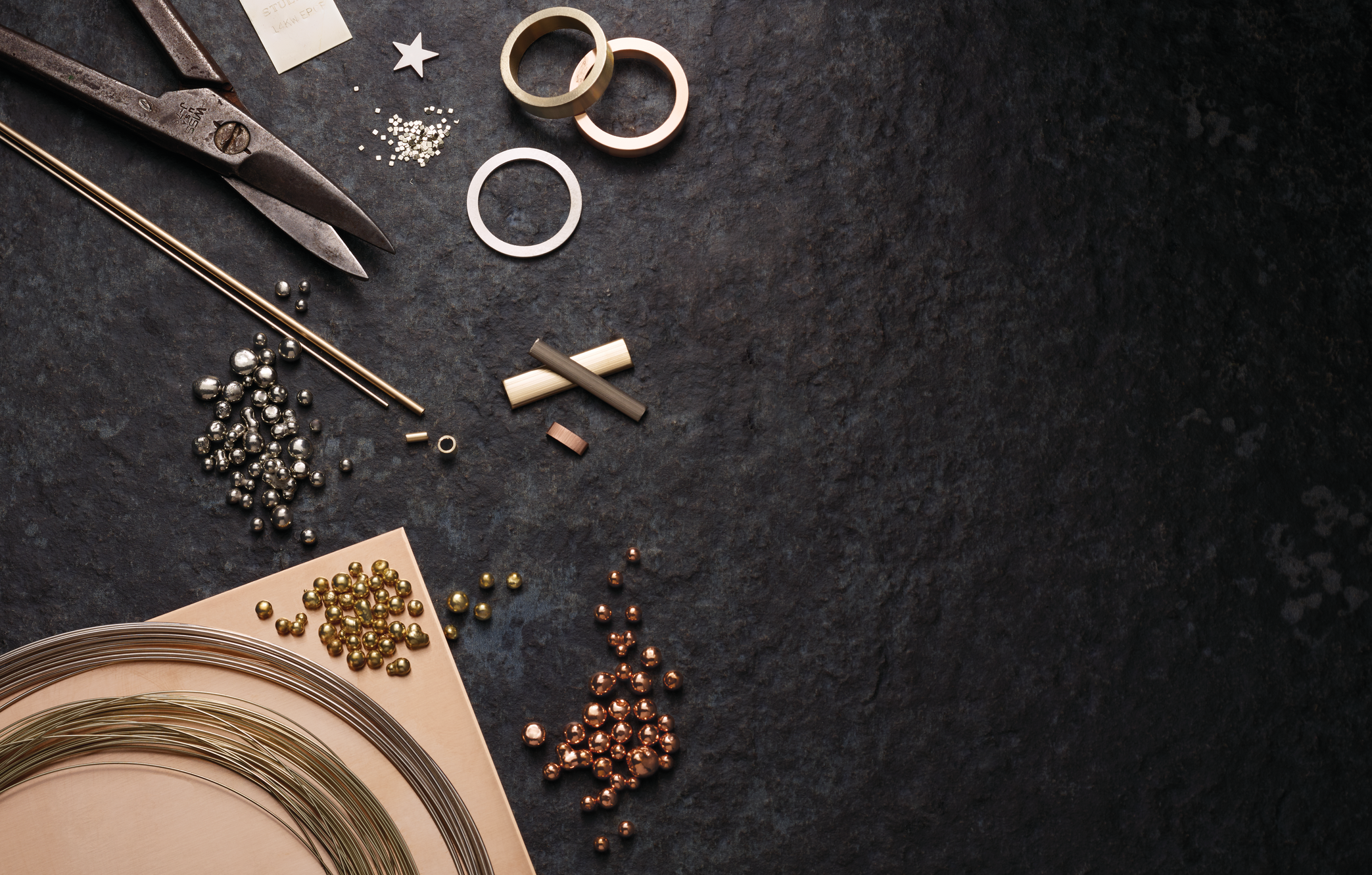WHAT IS MOISSANITE?
In 1893, the Nobel Prize-winning French scientist Dr. Henry Moissan examined meteorite particles from Arizona's Diablo Canyon. Here he discovered a minute quantity of a glittering mineral, and found it to be formed of silicon carbide. In 1905, this mineral was named Moissanite in his honor.
In nature, Moissanite occurs only in small quantities. It took more than a hundred more years for top experts to produce and perfectly cut the large moissanite crystals and turn it into a dazzling gemstone.
Moissanite is the second hardest gemstone in the world after diamond. It also has very similar properties - hardness 9.25, gloss 20.40% and even 2.5 times more fire than diamond. To the untrained eye, it is almost impossible to tell a moissanite and a diamond apart. Moissanite, thanks to its properties, but also several times lower price, makes an ideal gem for jewellery for everyday wear.
You can read more about the comparison of moissanite and diamond in the article Diamonds or moissanite.





















